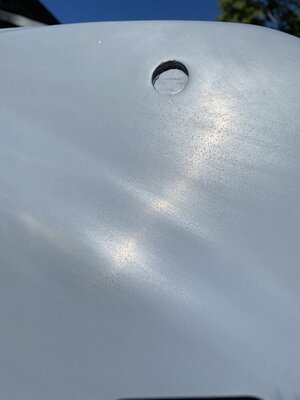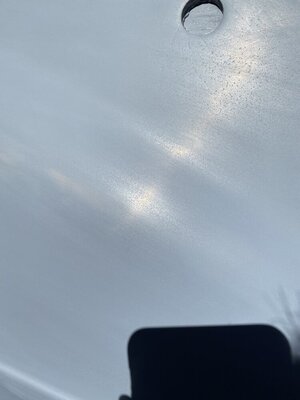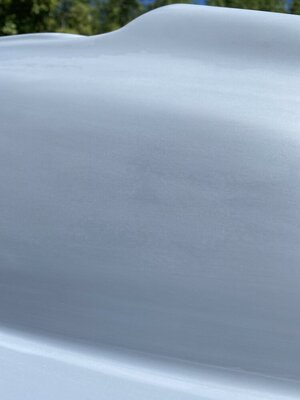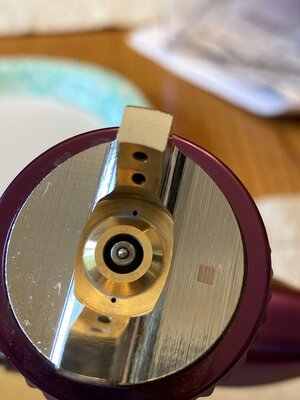- Location
- Georgia
On my last coat of epoxy primer it now has what look like pockmarks. Before this last coat they weren’t there. My question now is I’ve sanded most of it down with 600 grit wet and they’re still slightly visible and not really noticeable by touch, with that being said will these be visible if I were to spray base coat and clear coat?
(The area in the pic is not completely sanded down yet)
(The area in the pic is not completely sanded down yet)




